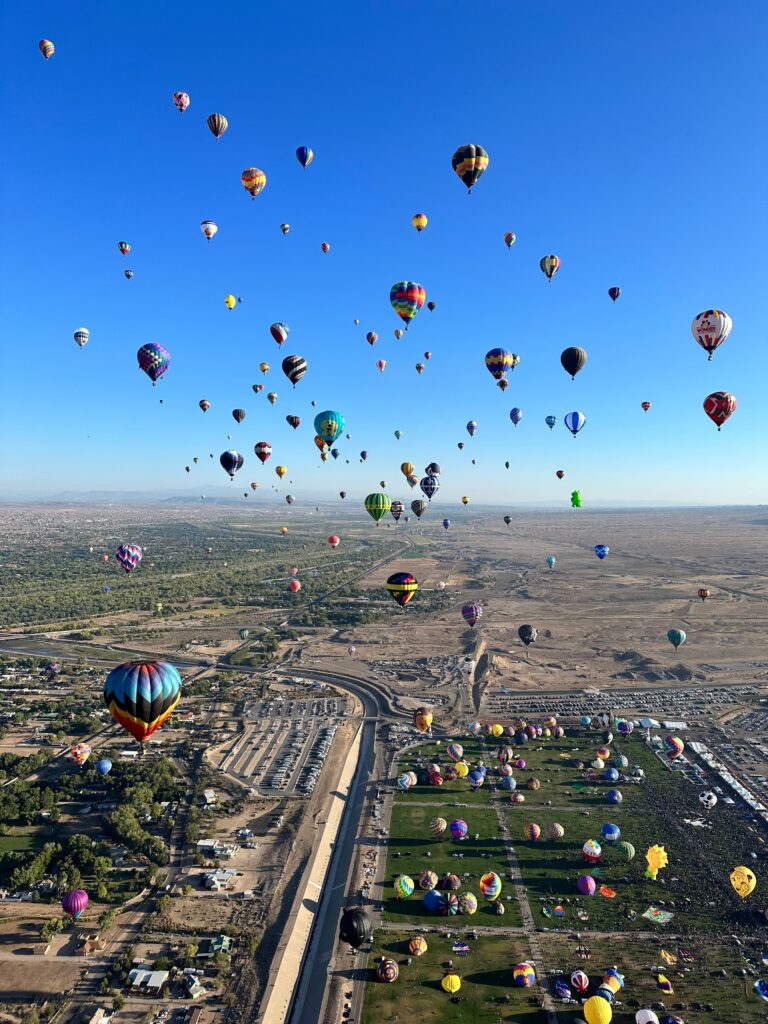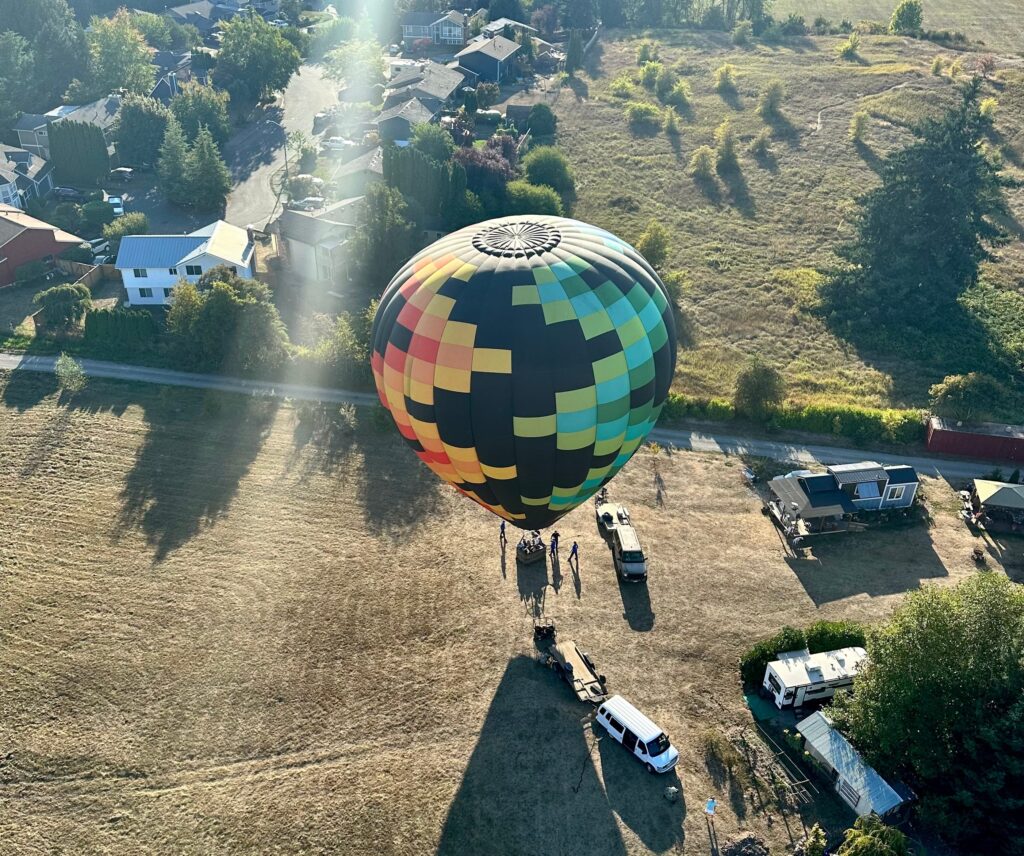Understanding The Dynamics Of Hot Air Balloon Landings
Hot air ballooning is a captivating experience that combines adventure with the subtle play of wind currents. Unlike other forms of aviation, hot air balloons lack traditional steering mechanisms such as a steering wheel or yoke. This unique feature significantly influences how and where these balloons land, making the process fascinating and complex.
The Art of Steering a Hot Air Balloon
The Federal Aviation Administration (FAA) categorizes hot air balloons as “unsteerable aircraft” because they do not have built-in systems to change direction horizontally. Instead, balloon pilots navigate by ascending or descending to find wind currents that move in various directions. Pilots can use these winds to steer the balloon towards a pre-determined landing location by skillfully manipulating altitude.
The Challenge of Landing A Hot Air Balloon
Given the reliance on inherently unpredictable wind currents, landing a hot air balloon is far from straightforward. Pilots must be adept at reading weather patterns, wind speeds, and weather patterns to adjust their hot air balloon flight paths accordingly. This reliance on the elements adds an unpredictable element to each flight, making every ballooning journey unique.
Hot Air Balloon Landing Locations: A Wide Variety
Hot air balloons can land in various settings, from farms and fields to cul-de-sacs and supermarket parking lots. For example, at the Albuquerque Balloon Festival, it’s not uncommon to see balloons landing in any available open space. This adaptability is necessary because pilots often must make real-time decisions about the safest and most appropriate landing spots.

Safety and Permission
Pilots prioritize several vital factors when selecting a landing site to ensure safety and compliance with local regulations. Each landing is different based on the wind speed and ground conditions:
- Absence of Power Lines and Obstructions: Safety is paramount, and avoiding aerial and potential hazards is critical.
- Avoidance of Farm Animals: To prevent distress or injury to animals.
- Landowner Presence: Ideally, pilots prefer to land on properties where the owner is present to grant immediate permission.
- Familiar Locations: Returning to previously used and approved sites is often preferable.
Collaborative Efforts in Securing Hot Air Balloon Landing Sites
At Seattle Ballooning, for instance, over 500 properties in the Enumclaw area have been secured for safe landings. These properties are cataloged in a KLM file, indicating their status:
- Green Zones: Clear permission for hot air balloon landing.
- Yellow Zones: Conditional permissions (e.g., landing is only acceptable in certain parts of a field or requires the pilot to call or text the owner).
- Red Zones: Areas where landing is prohibited, or the area is inaccessible for retrieving the aircraft
This map file is meticulously updated daily to reflect changes and ensure that all ground crew and pilots are informed.

The Logistics of Hot Air Balloon Landing Permissions
Gaining permission to land on private property can sometimes happen in real time during the flight. Balloon pilots might call down to people on the ground to ask for permission. If no immediate contact is made, the ground crew may seek permission directly from the landowner once the hot air balloon has safely landed.
Federal Airspace Considerations
Interestingly, even when a hot air balloon is on the ground, it is still considered in federal airspace, which extends up to 60,000 feet from the ground. This designation means that in urgent scenarios, such as precautionary landings (where an emergency could occur if the aircraft does not land immediately or where the pilot would be in violation of Federal Flight Regulations if the flight is continued) or emergency landings, it is legally permissible for the balloon to land as needed. This regulation applies to all aircraft, including jets, helicopters, and hot air balloons.
The Hot Air Balloon Landing Process
Landing a hot air balloon involves lowering the aircraft to 500 feet or below and hovering over potential landing sites to assess their suitability. This process can take up to 25 minutes as the pilot navigates slowly over different properties. Like all aircraft, hot air balloons utilize a 3-degree descent rate for a safe landing approach. Experienced pilots can land hot air balloons safely in small areas and various wind conditions.
Emergency and Precautionary Landings
In emergencies, the pilot’s primary objective is to ensure a safe landing. Most landowners tend to be understanding in these circumstances, focusing more on the safety of all involved rather than the inconvenience of an unexpected balloon landing.
It’s An Art And A Science
Landing a hot air balloon involves a complex blend of skill, cooperation, and adaptability. Pilots must master the subtle nuances of wind currents, work diligently with landowners, and prioritize safety. Each flight is a testament to the intricate dance between nature and human ingenuity, making hot air ballooning a unique and thrilling experience.
